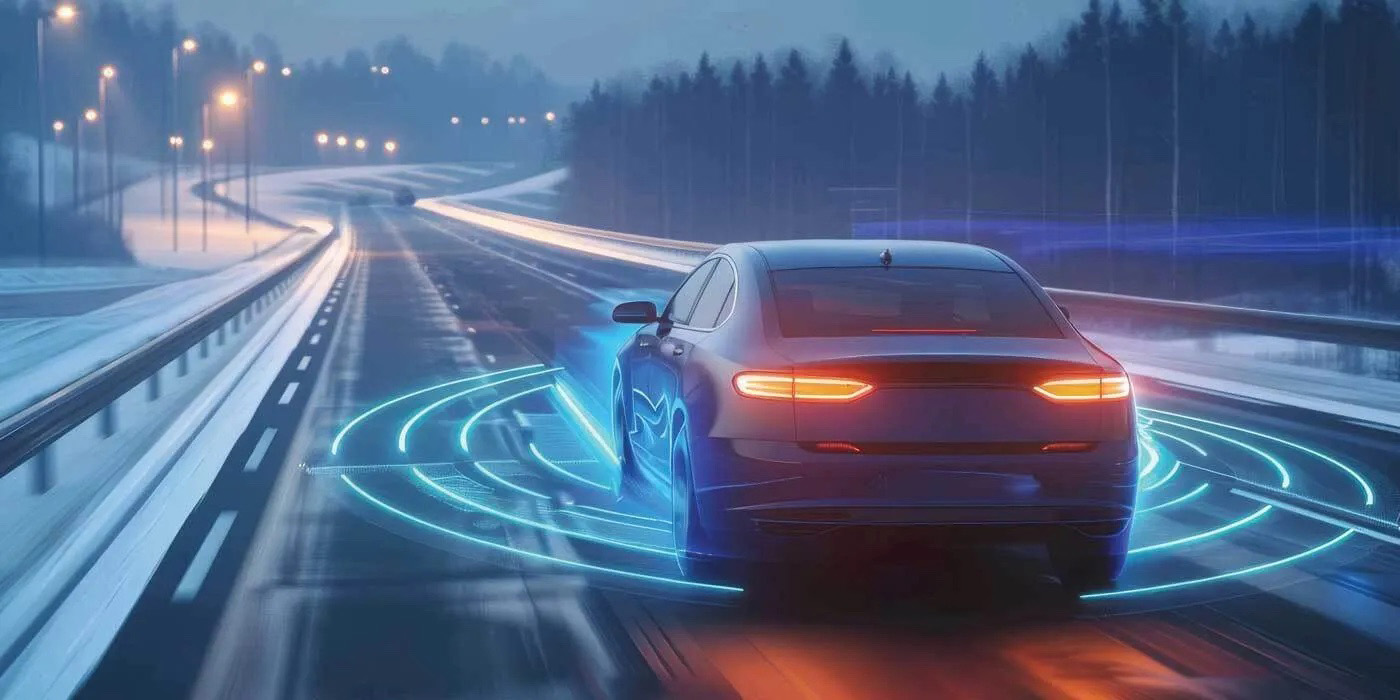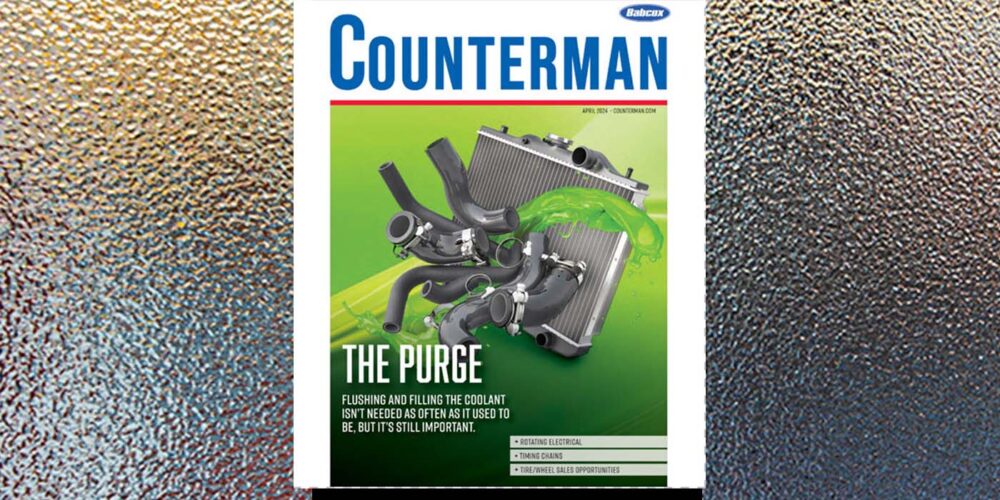Most people remember the tale of Rip Van Winkle sleeping for 20 years and waking up in an entirely new and unfamiliar world. Today, a jobber can awaken to a completely new world of service dealer demands by just taking an extra-long afternoon nap. Case in point: the ongoing conversion of the aftermarket service sector from repair-based to maintenance-based shop operations.
Because improved vehicle reliability has become a major marketing issue for auto manufacturers during the past decade, today’s vehicle fleet has become infinitely more reliable. Consequently, more shops than ever before are scrambling to get into the maintenance-based business model. Although some shops haven’t quite mastered the concept, the more successful maintenance-based shops have developed empirical databases that are very predictive as to which components should be serviced or replaced during a particular service interval.
MAINTENANCE METHODOLOGY
Most maintenance-based shops religiously use maintenance checklists to inspect vehicles for maintenance needs and prioritize maintenance needs for their customers.
For example, a set of brake pads approaching the end of its service life isn’t a maintenance crisis. In most cases, the pads have another 5,000 miles of service life left before they need to be replaced. A leaking water pump can, on the other hand, deteriorate overnight into a major overheating problem that might ruin an expensive engine. The maintenance checklist allows service writers to document maintenance needs and integrate those needs into their customers’ future budgets.
As for maintenance parts, a look at the vehicle owner’s guide provides a basis for what types of parts a jobber must have on hand to maintain a vehicle from the time it leaves the showroom through the next 100,000 miles of operation. In most cases, we can project the sales of three air, fuel and cab- in filter changes, one timing belt replacement, one set of spark plugs, a few sets of brakes, one set of tires, maybe a windshield replacement and perhaps some sheet metal repair.
Obviously, a jobber should stock “deep” on filters, timing belts, spark plugs, brakes and paint supplies. But maintenance parts sales should extend further than what is specified in the owner’s manual. To get a clear-er picture of what the maintenance market is all about, let’s look at which parts actually fail in modern vehicles.
VISIBILITY & LIGHTING
Again, for the Rip Van Winkles in our industry, visibility sales are what keep the local quick-lube chains operating in the black. Sure, visi-bility/lighting isn’t big-ticket, but it rounds out what might otherwise be a skimpy oil change service.
Visibility sales might include lighting, wiper blades, premium washer fluid and, for a shop so equipped, even the glass itself. All exterior lighting, for example, should be checked during each oil change. It only takes a few minutes to test headlamps, turn signals, brake lights and park-ing lights after a lube inspection.
Because any good maintenance inspection includes a lighting check, replacement light bulbs should be available at a moment’s notice. Due to the relative difficulty of removing many lighting bezels, a shop should recommend replacing all bulbs when the bezel is removed.
Wiper blades can be checked by merely turning on the windshield washers to see if the wipers not only thoroughly wipe the fluid off the windshield, but do so without chatter or streaking. If the wipers chatter or streak, they should be replaced with OE-fit blade assemblies that perform to original standards.
Similarly, the washer fluid itself should have a freeze point of -32 degrees F for cold climates. The less expensive washer fluids can actually prove dangerous if they ice the windshield while driving.
Lastly, the windshield should be examined for cracking and sand pitting. A badly pitted windshield will increase glare and contribute to wiper blade streaking and limited visibility during nighttime bad weather driving.
UNDERHOOD MAINTENANCE
Timing belt replacement schedules, when applicable, are now occurring at, or slightly in excess of, 100,000 miles. With the increased replacement interval, it’s doubly important that a store keep timing belt kits that include tensioner and idler pulleys, valve cover gaskets for valve lash inspections and a full stock of water pumps and accessory drive belts on hand. In addition, more manufacturers are requiring application-specific coolants, fluids and oils. When cool-ant, engine oil and power steering fluids are replaced, it’s important to differentiate between fluids meeting top-off specifications and those that meet refill specifications.
ELECTRICAL MAINTENANCE
Batteries remain the most important but most neglected components on the vehicle. Most owners and their mechanics assume that the battery is in good condition simply because the engine starts. Unfortunately, the very same battery that started so well in the morning might be a half-dozen starts away from leaving the wife stranded in a shopping mall parking lot.
Most batteries will last through their warranty period of four to six years under normal driving conditions. In general, most brands develop relatively high failure rates after their fourth year in service. Any shop should therefore routinely use a modern cell conductance or carbon-pile load tester to test batteries. While the tester is attached, the alternator should be tested for amperage output and alternating current ripple and the starter tested for excess amperage draw. This simple act of testing each vehicle as it passes through the service bay can easily triple battery sales if the battery is inspected on a preventive maintenance schedule.
For the jobber, it’s important to stock plenty of OE-capacity and OE- fit batteries for his or her maintenance-based shops. The universal-fit batteries should be avoided because of the time required to adapt the battery to the application and the generally unacceptable appearance of the installation. Always sell a set of corrosion washers to go with top-post batteries and include an aerosol can of anti-corrosion spray to seal the battery terminals and hold-down bolts against corrosion.
Tensioner and accessory drive pulleys should be checked for noisy bearings if the serpentine belt is replaced. The serpentine belt itself should remain free of cracks and frayed cords. Because any noisy pulley bearings or cracked belts create an on-demand sales opportunity, a jobber should have a full range of replacement pulleys and belts in stock and ready to go at a moment’s notice.
UNDERCAR MAINTENANCE
Undercar is the heart of the preventive maintenance philosophy because once the car is placed on lift for lubrication, the brakes, exhaust and drive train are exposed, making a visual inspection a simple matter. Brake service remains one of the most profitable services on a shop’s menu, in part because many shops are now finding it more cost-effective to replace rather than refurbish brake rotors and calipers. Consequently, it’s important for a jobber to provide inventory breadth and depth in the brake service area.
Custom-fit exhaust sales have dwindled because many new vehicles are equipped with stainless steel exhaust systems. So even as demand for custom-fit exhausts shrinks, custom-fit is a more profitable option for many shops than subletting exhaust replacements to a custom exhaust bending service. Although a jobber can’t maintain large inventories of exhaust system parts, offering a quick turnaround time from a warehouse source will usually close the sale.
When replacing the fluid in automatic transmissions, it’s very important to use the OE-specification fluids for refill purposes. Similarly, drive axles and transfer cases might now require synthetic or application-specific fluids for replacement. As for the drive train itself, part of any inspection should be for leaking oil seals, cracked constant velocity joint boots and rusted or loose universal joints. All too often, drive train failures go unnoticed by the local fast-lube franchises, which results in an expensive repair later. A trained eye, however, can usually garner added shop revenues by spotting drive train maintenance needs.







